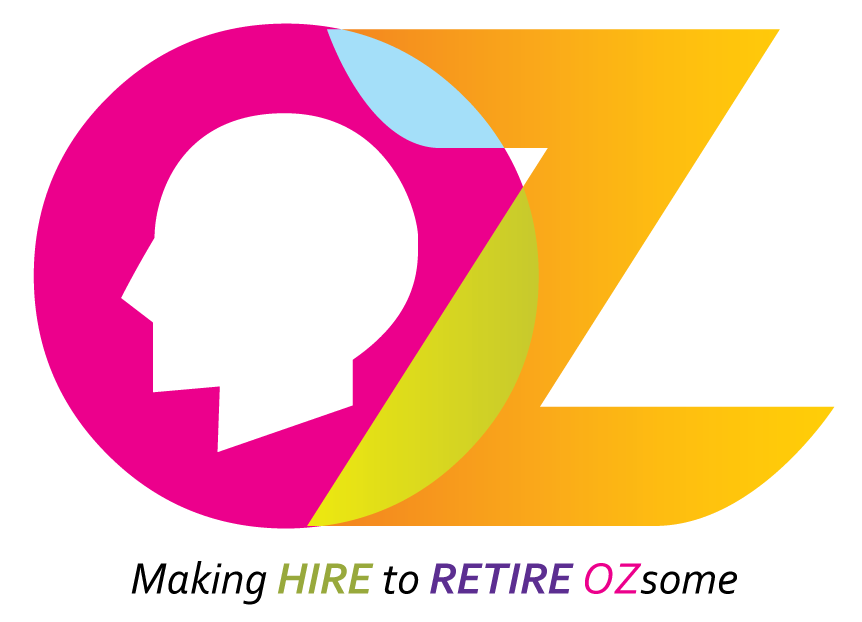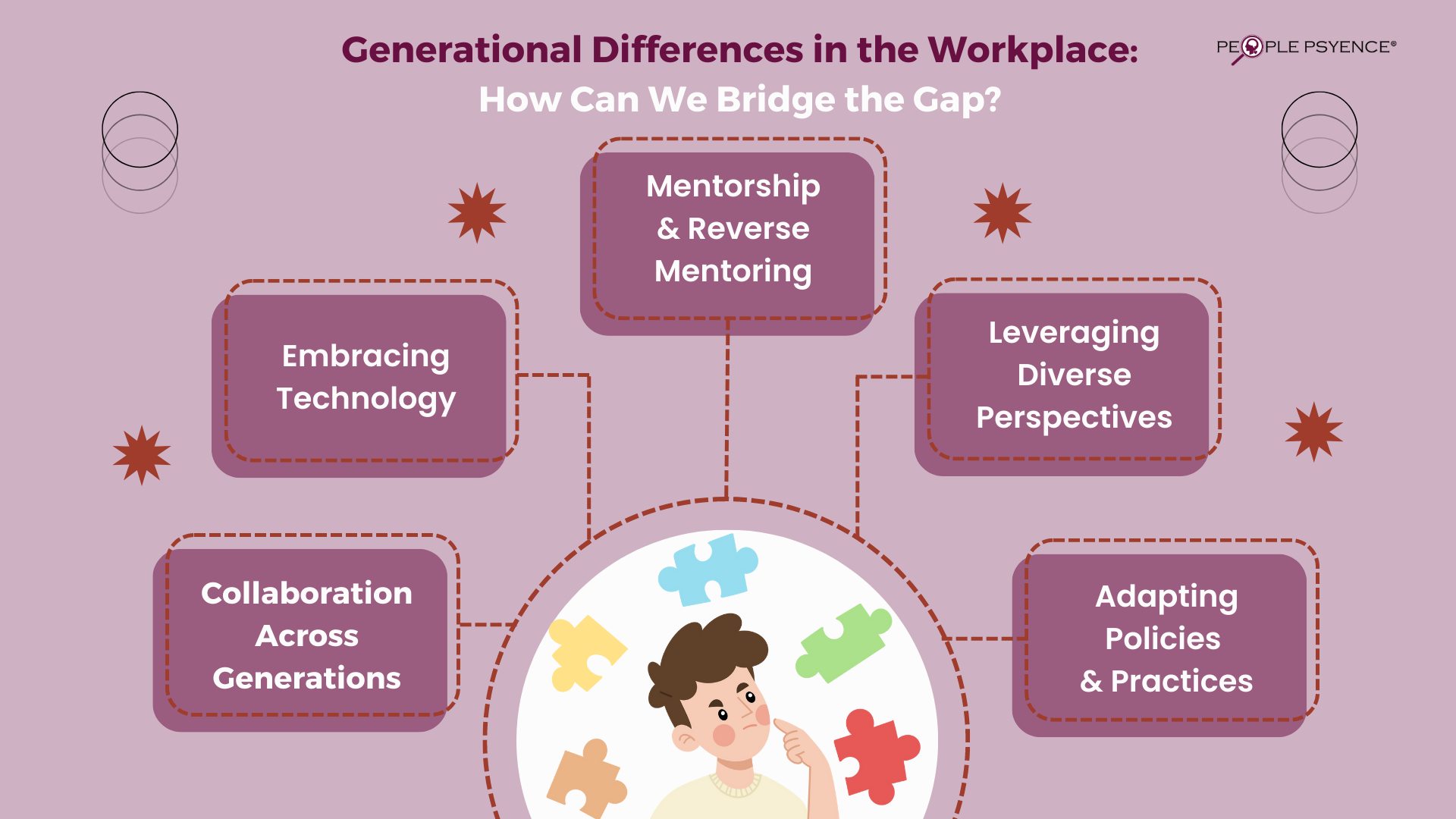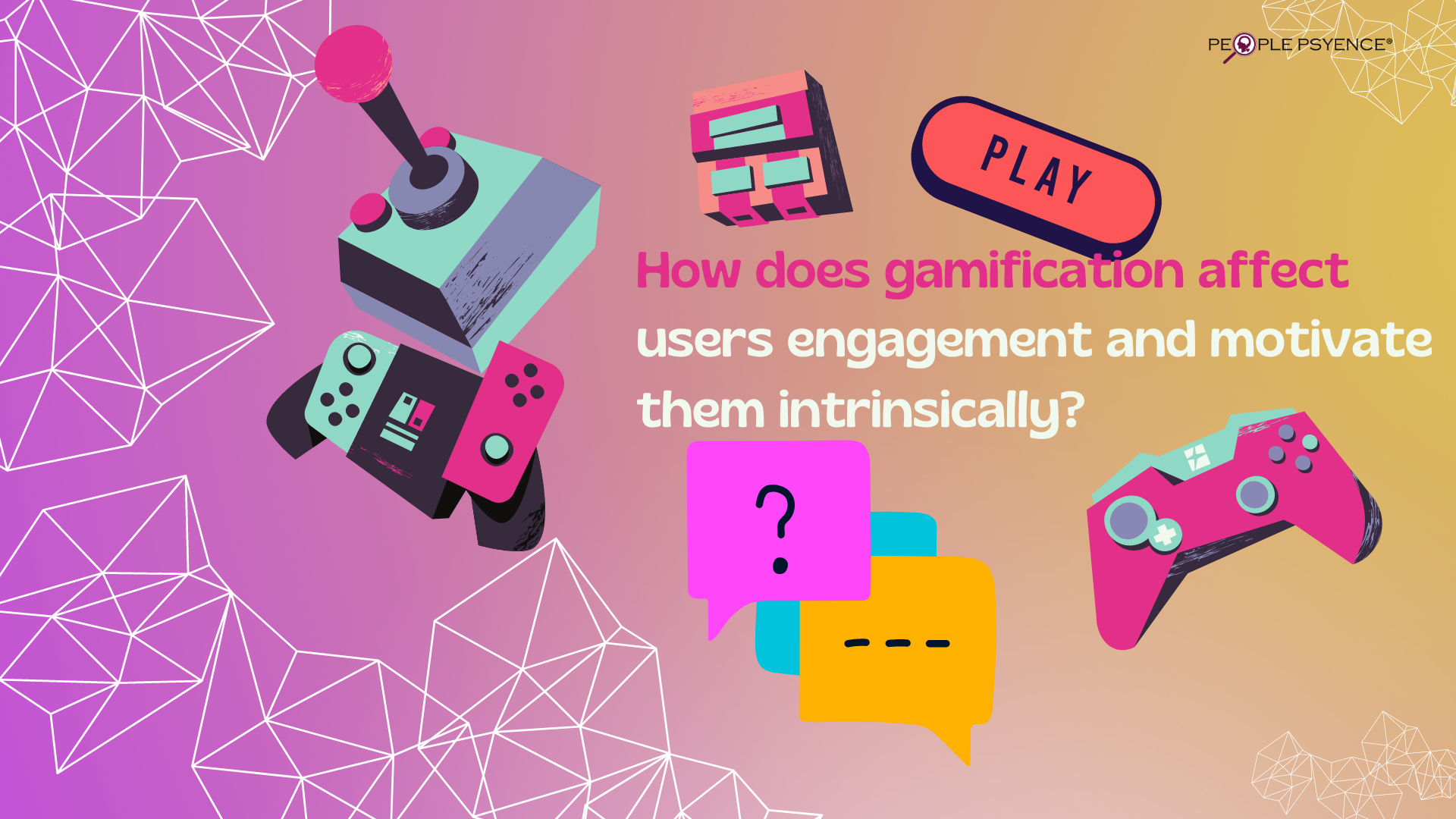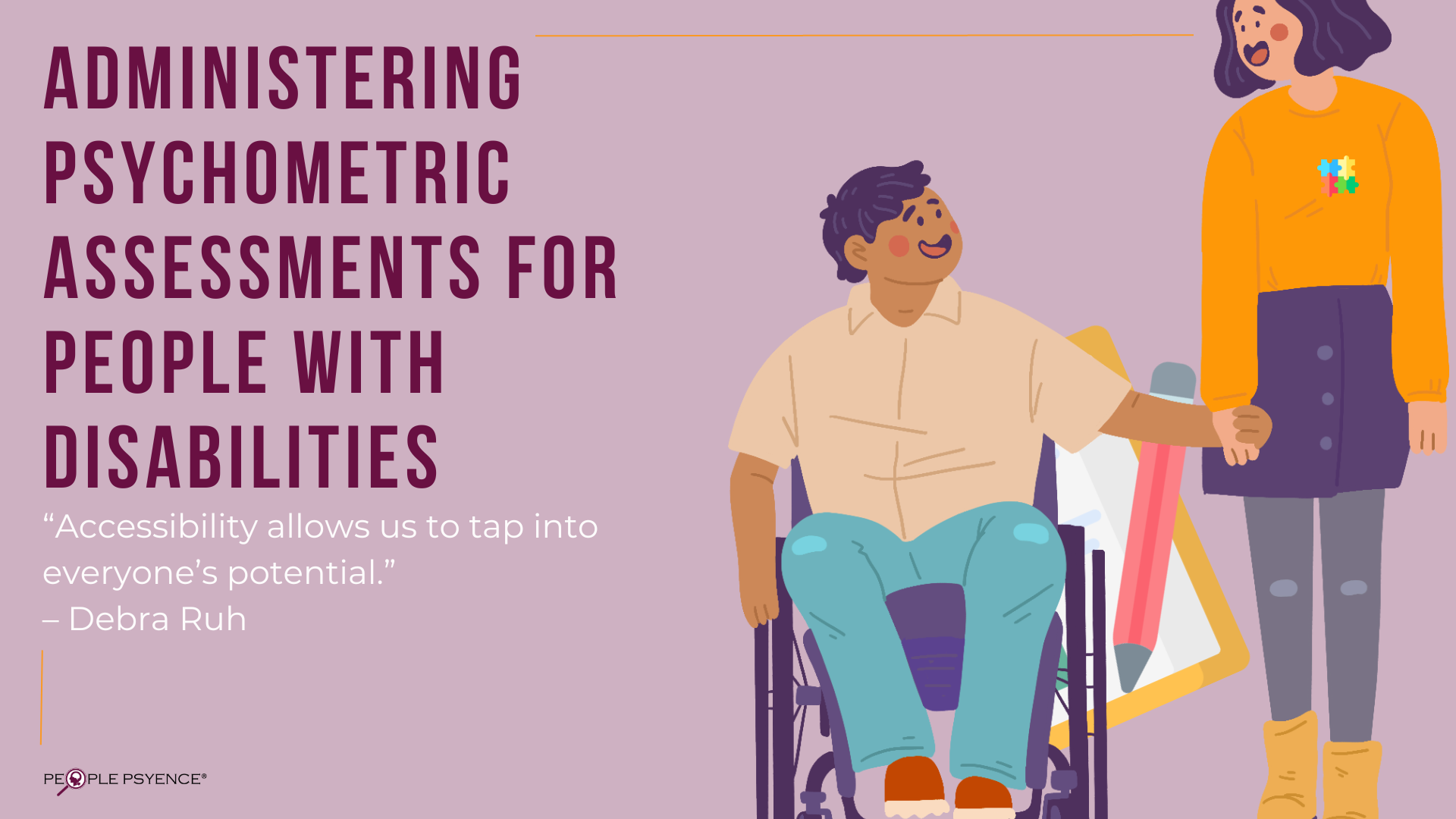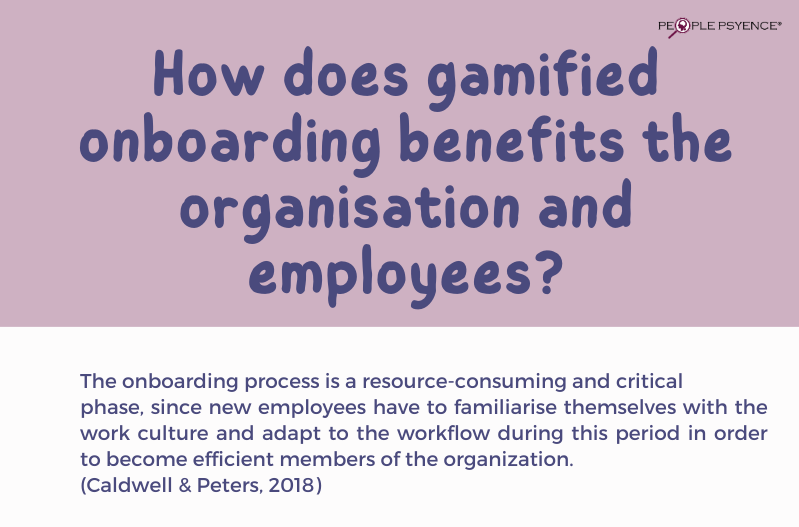“When we listen and celebrate what is both common and different, we become wiser, more inclusive, and better as an organization.” — Pat Wadors
👥 Collaboration across Generations:
The first step towards bridging the gap between generations is offering opportunities for simultaneous involvement in multiple projects. Recognising that the differences between generations can complement each other instead of creating divisions is important. Each generation brings their own strengths and experiences, which can be combined to promote creativity, innovation, and productivity. By promoting collaboration and knowledge sharing among different age groups, companies can create a diverse and inclusive culture that benefits all employees.
📱 Embracing Technology:
While the younger generations are frequently perceived as “digital natives”, technology has now become an essential component of the contemporary workplace for individuals of all age groups. To ensure that everyone feels at ease and well-informed in utilising these technologies, it is worthwhile for organisations to invest in digital tools and offer training opportunities. This will enable employees from various generations to collaborate smoothly, utilising technology to streamline operations and enhance overall efficiency.
💡 Mentorship and Reverse Mentoring:
Mentorship programmes provide organisations with a great opportunity to bridge the gap between different generations. By pairing individuals from various age groups, organisations can facilitate the transfer of valuable knowledge and enhance engagement. It is suggested to combine traditional mentoring relationships, where senior and more experienced employees guide the younger ones; with reverse mentoring, where younger employees mentor their senior counterparts on the latest trends and technologies.
🌟 Leveraging Diverse Perspectives:
Every generation contributes a distinct point of view when it comes to solving problems and making decisions. By cultivating a culture that appreciates varied perspectives, organisations can access a plethora of creativity and innovation. Millennials and Gen Zers, typically are regarded as highly adaptable with the inclinations to question established norms and advocate for transformation, whereas Baby Boomers and Gen Xers possess valuable wisdom derived from their extensive experience.
⚖️ Adapting Policies and Practices:
Lastly, in order to embrace generational differences, it is necessary to adjust workplace policies and practices in order to meet the needs and expectations of all employees. Examples of such policies include zero discrimination, an inclusive workplace for all generations working at the organisation, valuing and listening to diverse points of view, and encouraging diverse collaboration from all employees. Additionally, maintaining regular feedback and promoting open communication channels can help foster a culture of transparency and understanding.
Let’s embrace these generational differences and work together towards success!
